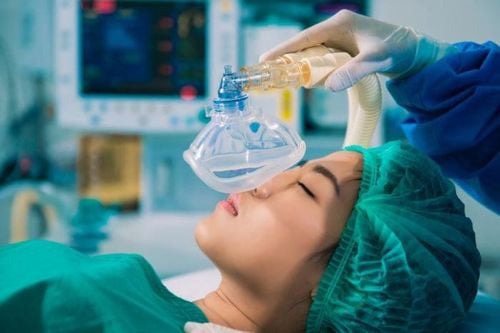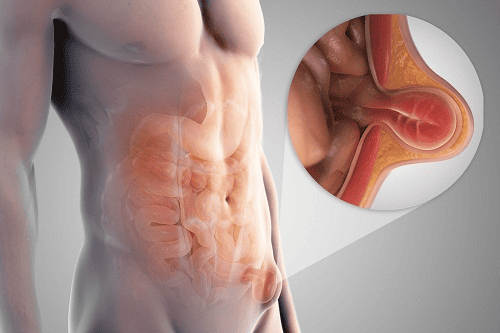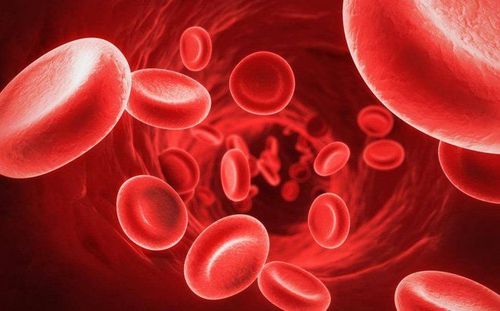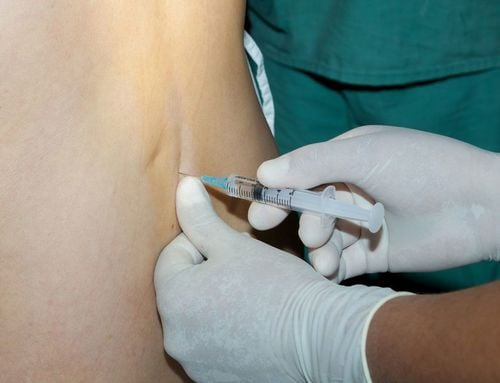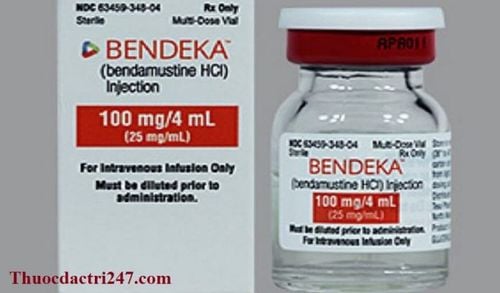This is an automatically translated article.
The article is known by Specialist Doctor II Nguyen Thi Hoai Nam, Head of Pain Relief Unit - Department of Surgical Anesthesia - Vinmec Central Park International General Hospital.Hypothermia is defined as the core body temperature < 360°C. Note that it is necessary to distinguish hypothermia in question (which is one of the complications of anesthesia and anesthesia) with hypothermia in order to protect the brain and nervous system in some special cases.
1. Why does the patient have hypothermia during surgery?
The human body tightly controls core temperature through various mechanisms including: behavioral changes, autonomic nervous system stimulation, cutaneous perspiration, and increased heat production through shivering or inducing heat production. no shivering. Under the effect of anesthesia and neuraxial anesthesia, the body's normal body temperature regulation mechanism is disrupted, leading to significant hypothermia, causing many clinical changes during and after surgery that are not beneficial for the patient. patient.Depending on the degree of hypothermia (mild: 32-350C, moderate: 28-320C, severe: <280C) that can lead to many different consequences. Therefore, it is necessary to understand the causes, mechanisms and complications of perioperative hypothermia in order to take appropriate prevention and treatment measures to ensure patient safety.
The body loses heat through the air in 4 ways: exothermic, heat transfer, convection and evaporation. Exothermic is infrared heat transfer, accounting for 60% of heat loss. Heat transfer involves contact of the body and other objects such as the operating table. Convection is the movement of heat based on airflow (e.g. cold air blowing over a body). Evaporation is the loss of heat through perspiration from the skin, the loss of fluids from the exposure of organs to the air, and the washings used in surgery.

Mất nhiệt qua sự toát mồ hôi tay trong phẫu thuật
Elderly age Room temperature: The lower the temperature, the easier it is to cause hypothermia. Duration and type of surgery: The longer the surgery time > 3 hours, the more likely the patient is to have hypothermia. heat . Abdominal fat digestion surgery has the highest risk of hypothermia. Comorbidities: peripheral vascular disease, endocrine disease, pregnant women, burns, open wounds Large fluid balance: large volume of fluids > 2 liters is dangerous hypothermia, use of cold water, general anesthesia, neuraxial anesthesia, regional anesthesia, general anesthesia with vapor or intravenous anesthetics, both disrupt natural body temperature control, causing a can vary from 2-60C. After induction of anesthesia, body temperature will be redistributed from the central body cavity to the periphery through vasodilation, causing heat loss to the environment. About 90% of this heat loss occurs in the skin through exothermic and convection, while heat transfer and evaporation play only a minor role. This redistribution of heat mainly occurs during the first hour of anesthesia, lasts at least 3 hours, reduces core body temperature by 80%, and plays a major role in causing hypothermia during anesthesia. Ventilation with dry gas, loss of skin heat, and intraoperative cold washes further contribute to perioperative hypothermia. After a few hours, the central hypothermia ceases, and peripheral vasoconstriction commanded by the autonomic nervous system occurs in an attempt to bring heat back to the heart. This is the plateau phase that occurs 3-5 hours under general anesthesia.
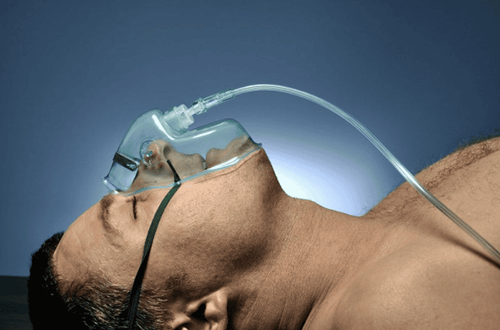
Gây mê bằng thuốc mê hơi khiến 90% cơ thể tỏa nhiệt vào môi trường qua da
2. Consequences of perioperative hypothermia
Perioperative hypothermia occurs in 50-90% of cases, with significant consequences.
Patient is uncomfortable, cold and shivering Coagulation disorder due to decreased platelet function and decreased activation of the coagulation pathway. Increased blood loss and risk of blood transfusion. A body temperature of 35.60C increases blood loss by 4-26% and increases the risk of blood transfusion by 3-37%. Re-transfusion increases the rate and duration of hypothermia. Cardiovascular complications: increased heart rate, increased blood pressure, increased blood catecholamines, increased risk of angina, myocardial ischemia, myocardial infarction and cardiac arrest.
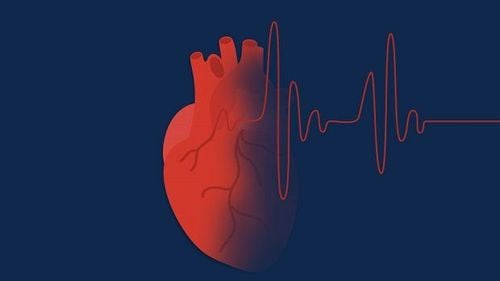
Hạ thân nhiệt chu phẫu gây ra các biến chứng tim mạch nguy hiểm
Postoperative tremor occurs 5-60% after anesthesia, 33-50% after spinal anesthesia, epidural anesthesia, increases oxygen consumption, increases catecholamine secretion, increases heart rate and blood pressure. Drug metabolism: Mild hypothermia affects the metabolism and elimination of drugs, thus prolonging the duration of drug action. Prolong wound healing time and increased risk of wound infection due to vasoconstriction, decreased skin perfusion and tissue hypoxia, immunosuppression. Increase hospital stay, increase recovery time, increase treatment costs.
3. Prophylaxis and management of perioperative hypothermia
It is necessary to monitor body temperature before, during and after surgery to detect timely and take appropriate measures.
Preoperative control:
Measure body temperature on admission All elective surgery patients should be warmed up before surgery to maintain body temperature > 36.5oC Identify patients at risk of hypothermia Determine temperature Patient feels most comfortable Monitor for signs of hypothermia Intraoperative control:
Monitor operating room temperature, preferably 20-24oC Monitor patient temperature 30 minutes before and 15 minutes after anesthesia Adjust temperature operating room temperature until the temperature is > 36.50C Warm up the operating table before transferring the patient in, warm and cover the patient, infusion fluid, blood and intraoperative washing fluid to 370C Continuous steam heater custom in surgery

Theo dõi thân nhiệt người bệnh trong suốt quá trình mổ
Limit patient exposure as much as possible during and after induction of anesthesia Postoperative control:
Incubate patient immediately upon awakening and during convalescence Monitor body temperature during convalescence and before transferring the patient to the ward. Record the patient's comfortable temperature every 30 minutes until the body temperature is normal. Notify the anesthesiologist if body temperature is < 360°C Incubate fluids Increase room temperature ≥ 240°C Warm and humidify breathing air during mechanical ventilation Hypothermia is a common complication of surgery. Close monitoring of the patient, appropriate planning, adequate equipment to detect, prevent and timely handle will help limit accidents, ensure patient safety.
Vinmec International General Hospital is one of the hospitals that not only ensures professional quality with a team of leading medical doctors, modern equipment and technology, but also stands out for its examination and consultation services. comprehensive and professional medical consultation and treatment; civilized, polite, safe and sterile medical examination and treatment space.
Customers can directly go to Vinmec Health system nationwide to visit or contact the hotline here for support.





